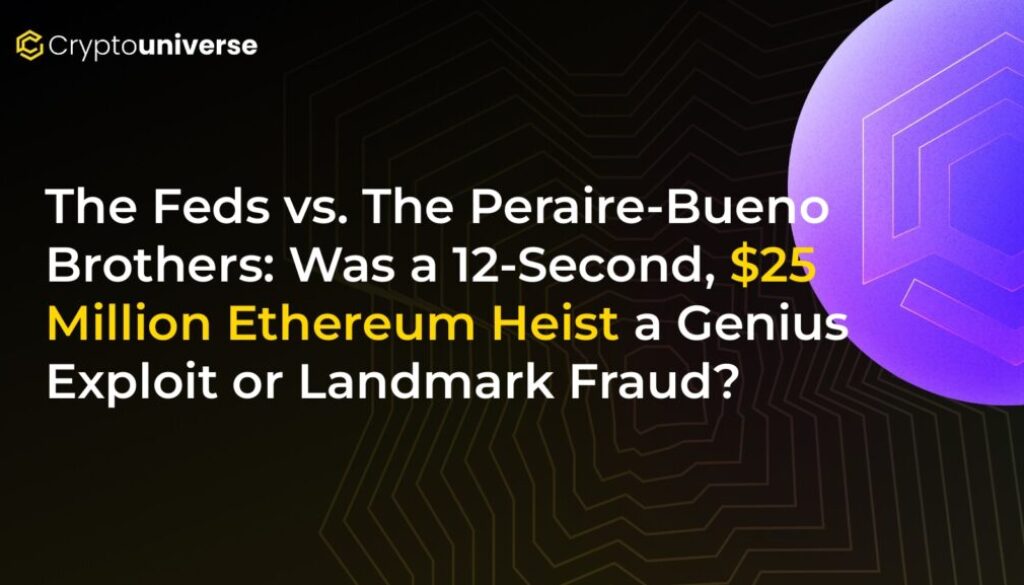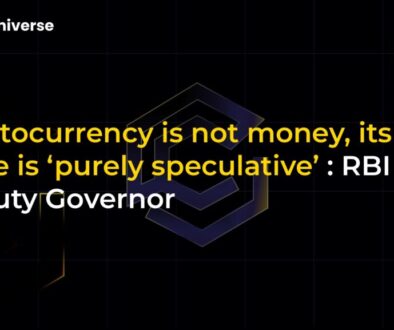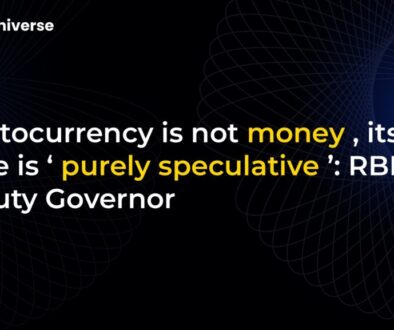The Feds vs. The Peraire-Bueno Brothers: Was a 12-Second, $25 Million Ethereum Heist a Genius Exploit or Landmark Fraud?

A Groundbreaking Crypto Case Goes to Trial
In the fast-paced world of cryptocurrency, fortunes can be made or lost in an instant. But what happens when a $25 million fortune is allegedly stolen in just 12 seconds? That’s the central question in a landmark case pitting federal prosecutors against two MIT-educated brothers, Anton and James Peraire-Bueno. The government calls it a “first-of-its-kind” digital heist. The defense argues it was simply a brilliant strategy in the unregulated, high-stakes game of decentralized finance.
This Manhattan trial is more than just a case about a stolen fortune; it’s a battle over the very definition of theft on the blockchain. As the jury deliberates, the entire crypto world is watching, knowing the verdict could set a powerful precedent for what is considered a legitimate trading strategy versus a criminal act.
The Prosecution’s Case: A Meticulously Planned Digital Heist
According to federal prosecutors, the Peraire-Bueno brothers’ 12-second exploit in April 2023 was anything but a spontaneous act of genius. They allege it was a meticulously planned scheme, developed over months of careful research and preparation. If convicted of conspiracy, wire fraud, and money laundering, the brothers could each face up to 20 years in prison for every count.
The prosecution’s narrative paints a picture of a classic bait-and-switch, updated for the Web3 era:
- The Bait: The brothers allegedly used their deep knowledge of the Ethereum blockchain to set a trap. They created a bundle of crypto trades so tempting that they knew automated trading bots, designed to sniff out profitable opportunities, would jump at the chance.
- The Switch: As the bots moved to execute the trades, the brothers allegedly exploited a vulnerability in the Ethereum transaction validation process. This brief, 12-second window—between when a transaction is broadcast and when it’s permanently recorded—was their opening. Prosecutors claim they tampered with the pending transactions, effectively hijacking them.
- The Aftermath: Instead of the massive profits the bots’ owners expected, they were left with a portfolio of virtually worthless, illiquid tokens. The $25 million in cryptocurrency they had put up was gone, siphoned off by the brothers.
To bolster their case, prosecutors point to the brothers’ alleged online search history, which reportedly includes queries like “how to wash crypto” and a misspelled “money launder statue of limitations.” They argue this shows clear intent to defraud and conceal their tracks through a web of shell companies and foreign exchanges.
The Defense’s Rebuttal: Fair Game in the Crypto Wild West
The defense team is mounting a robust counter-argument, asserting that no fraud occurred. Their position is simple: in the decentralized, dog-eat-dog world of crypto trading, the brothers didn’t break any rules—they just played the game better than their competition.
Their core arguments include:
- Outsmarting Predators: The defense claims the so-called “victims” were not innocent traders but operators of “predatory” bots. These bots engage in aggressive strategies like front-running and sandwich attacks to profit at the expense of regular users. The brothers, they argue, simply turned the tables on these market manipulators.
- Code is Law: In a decentralized ecosystem like Ethereum, there is “no central authority” and “no government regulations” governing these specific types of transactions. The defense contends that behavior is guided by economic incentives, not yet-written laws.
- No Deception, No Theft: A key pillar of the defense is that there was no communication, promise, or misrepresentation made to the bots or their owners. The bots autonomously made what the defense calls “very risky bets” based on publicly available data, and those bets simply didn’t pay off.
In a motion to dismiss the case, the defense wrote, “Before this indictment, no Ethereum user would have understood that thwarting a predatory attempt by ‘bots’ engaged in market manipulation could lead to criminal charges.”
The Technical Heart of the Matter: An MEV Exploit?
While the legal arguments are complex, the technical feat at the center of the case relates to a concept known as Maximal Extractable Value (MEV). In simple terms, MEV refers to the maximum profit a validator or block producer can extract by manipulating the order of transactions within a block.
Automated bots constantly scan the Ethereum “mempool”—a waiting area for unconfirmed transactions—looking for profitable opportunities to front-run or re-order trades. This is a controversial but common practice in DeFi.
What makes the Peraire-Bueno case unique is the allegation that they didn’t just re-order transactions. Prosecutors claim they exploited a deeper vulnerability that allowed them to fundamentally alter the contents of a transaction bundle after it was submitted by the bots, fraudulently gaining access to the victims’ private data to do so. The defense, however, frames this as a legitimate, albeit highly sophisticated, MEV strategy that had not previously been deemed illegal.
A Verdict with Lasting Consequences
This trial forces a collision between the traditional legal system and the nascent, code-driven world of decentralized finance. The jury will have to decide where the line is between an aggressive, legal trading advantage and outright criminal wire fraud.
The outcome will have significant implications:
- If the brothers are convicted, it could establish a legal precedent that certain on-chain activities, even if technically possible, constitute fraud. This may empower regulators and prosecutors to pursue other sophisticated DeFi exploits as criminal cases.
- If they are acquitted, it could reinforce the “code is law” ethos, suggesting that anything permissible by a blockchain’s protocol is fair game. This might embolden traders to push the technical and ethical boundaries of DeFi even further.
Regardless of the verdict, the case of the <$25 Million Ethereum Heist> serves as a stark reminder of the immense legal and ethical gray areas that still exist on the frontiers of the digital economy. The decision reached in this Manhattan courtroom will undoubtedly echo across the entire blockchain industry for years to come.


